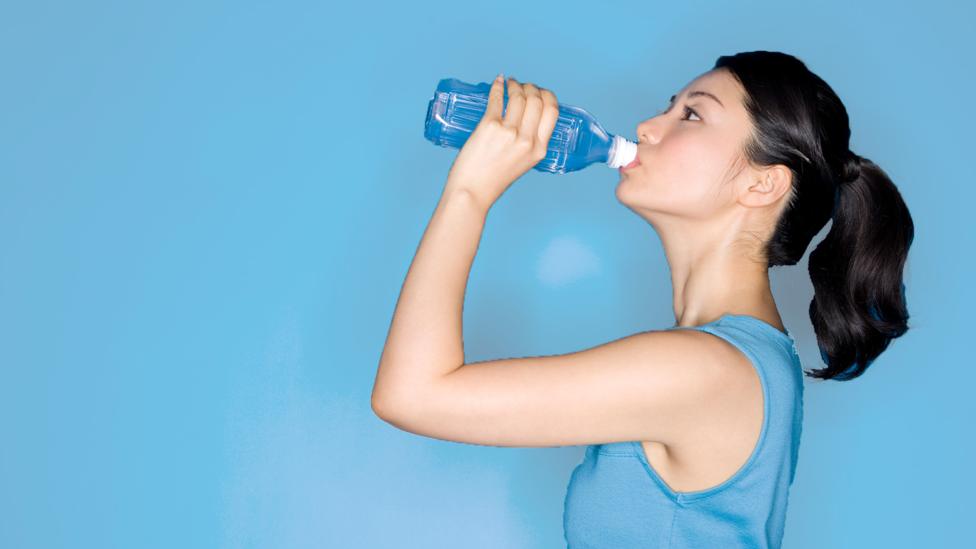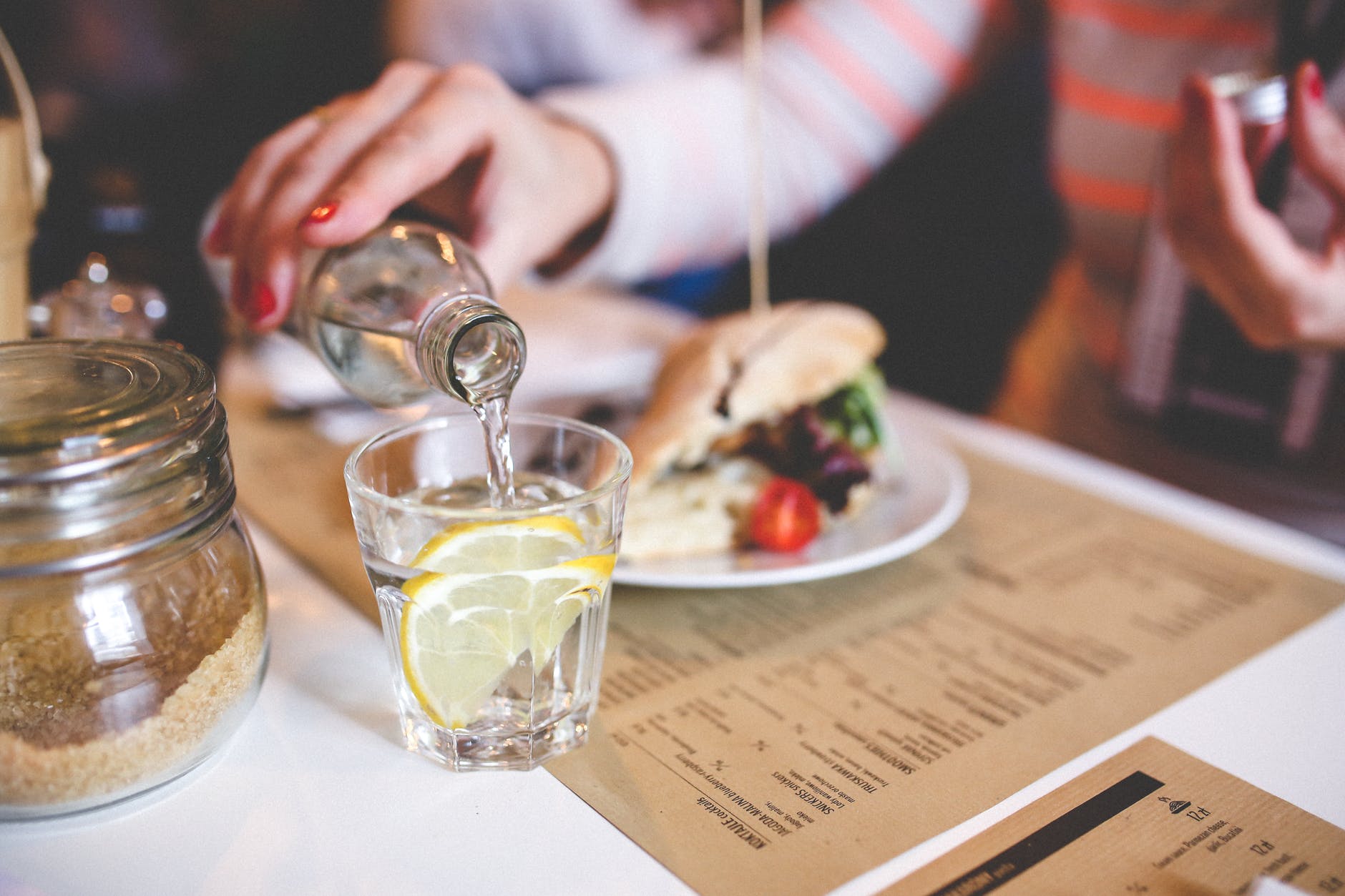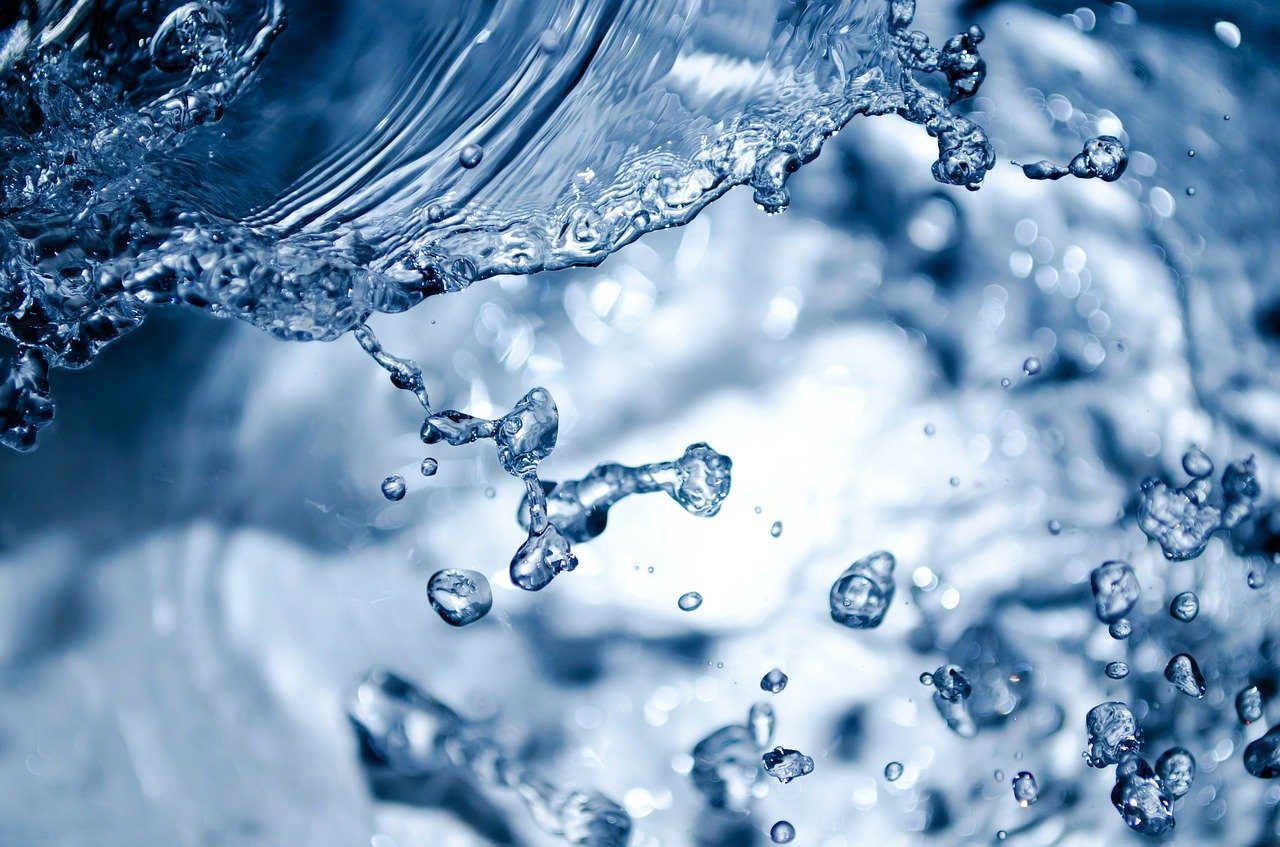Water is a magical liquid that fuels our body. So simple, yet so complex. We drink it carelessly, by default, not realizing that it is one of the most important routines in our day. Between 55% and 60% of our body is water. In case of the brain and the heart, it is 73%. Essentially, when you feel thirsty, that means the water balance in your body is off so your brain sends you a signal to indicate that. With the lack of fluids, blood gets thicker and doesn’t deliver all the nutrients to the body cells as fast. Some dehydration symptoms are dry mouth, dark urine, fatigue, and headache. Disregarding them can be dangerous and may lead to more serious symptoms (very dry skin, sunken eyes, etc.) and even death.

Avoiding this is easy; just drink water when you are thirsty. When I say “water”, I am talking about pure H2O and not tea, coffee, sodas or other drinks. Drinking water is the single best way to regain missing fluids in our body. Just for a comparison, we get 80% of our daily consumption of water just by drinking it directly and 20% via foods like fruits, vegetables, soups and other.
Interesting fact, but just like a lack of water may kill you, so may overdrinking. That is the reason our brain shuts off the thirst signal immediately after we consume enough liquid. It is important to listen to your body and not the studies on how much water must be consumed daily.
How much water should I drink?
The amount of daily water consumption is strictly individual.
It was established by the Institute of Medicine (IOM) in 2004 that average daily water consumption should be about 2.7 liters of water for women and 3.6 liters for men. Yet again, this is an average number and can be adjusted based on current conditions. Forget different people! Your own liquid needs today may be different from tomorrow. For example, if you play sports or exercise, or if you are visiting a beach you sweat more. You will need more water than you would have on your regular day at the office or home. It would also depend on your food choices. Vegetarians gain a lot more liquid with the food they eat vs. carnivorous. Bread contains 1% of water and sugar carries no water at all.
If you need more…
Just in case all of the above was not enough to convince you that water should be your best friend, here are some of the main missions of water in our body.
Cleaning.
- It is like taking a shower for your intestines. Water clears all the toxins and waste out of your body.
- Supplying oxygen, minerals, and nutrients.
- Our blood is 90% water. Blood supplies oxygen and vital nutrients to all parts of our body.
- Lubricating.
- Water is the main component of the lubrication for our joints and muscles.
- Weight loss.
- People who would like to lose weight need to pay attention to the amount of water they consume. Water lowers the appetite and helps dissolve fats.
- Improving skin.
As discussed above, the lack of water means dehydration. The result is dry, older-looking skin. Water it works from the inside to keep the skin refreshed and glowing.

Not all waters are made equally.
Let’s talk about the quality of the water itself. Depending on the state and country you live in, you may or may not be able to drink the tap water. But honestly, even in the places where tap water is considered potable it still may contain some bad chemicals. It is recommended to use a filter. Luckily, there are a lot of options available now which can be attached directly to the faucet to the carafe ones that allow you to store it in the fridge. To find out more about the tap water, I would recommend Paul Bragg’s book “The Shocking Truth About Water the Universal Fluid of Death”.
On the shelves at the supermarket you will find all sorts of bottled waters.
Purified water.
It is rather straightforward, purified water is water that has been purified. There are many ways to purify, for example, distillation, de-ionization, reverse osmosis, and carbon filtration. The biggest advantage is that potentially harmful chemicals have been taken out however that also means that useful minerals are also not present anymore.
Distilled water.
Distilled water is considered purified by being boiled into vapor and condensed back into liquid. That way all the impurities are eliminated. This is the most natural way to clean water and can even be done at home with a distilling machine. That is the main difference between distilled and purified water. You never know what chemicals were used during the purification process. Among the benefits of distilled water is the ability to better clean the body from the inside and reduced risk of consuming harsh chemicals. Among disadvantages, some people describe distilled water taste as flat, however, you may get used to it if you find that the benefits of the water are more important than the taste. Distilled water is also more acidic and can unbalance your PH level. It may also be a little costly to completely run on distilled water, especially if you only buy it at the store. It is suggested to include distilled water in your diet but not completely switch to it.
Spring water.
Spring water is the most natural form of water coming from the underground sources. That is basically how nature intended drinking water to be. Not only it is free of toxins, but also full of minerals like calcium and magnesium that are good for you. The other great advantage is that spring water is naturally alkaline. This is the best type of water recommended; the only thing is that if you don’t live next to a spring you will have to buy this type of water in stores that maybe a little bit more expensive. However, think of it as an investment in your own health.
No matter what type of water you choose, it is important to drink H2O when you are thirsty, listen to your body to know when to stop, and choose water over carbonated and sugary drinks that are unfortunately so highly promoted. If you get tired of regular water, you can always add natural flavors like lemon and/or lime wedges, cucumber slices or strawberry chunks.
Stay hydrated my friends!


